The VF-4 Lightning III began development in 2005 under the initial designation of the VF-X-4. VF-X-4 underwent flight tests, including being test piloted by Space War I veteran Hikaru Ichijo. Once successful operational models were ready, the VF-4 began mass production on February 2012. Initial deployment began on the SDF-2 Megaroad-01 in VF-1 Skull and SVF-184 Iron Chiefs Squadrons on September 2012. When the SDF-2 Megaroad launched in the same month, Hikaru Ichijo flew a VF-4 along side the new colonization vessel as the ship lifted from Earth and began exploration outside of the Sol system.
Built as a space fighter, the VF-4 primary weapons became two large beam cannons, though the craft is capable of carrying a GU-11 gun pod in GERWALK and Battroid modes. In addition to the powerful primary beam guns, the Lightning III also featured twelve semi-recessed long-range missiles as well as underwing pylons for additional missiles. The VF-4 was only slightly heavier than the VF-1, but featured considerably more powerful engines making the craft ideal for operations deeper out in space. The Lightning III was also much faster in the atmosphere than the older VF-1 though the VF-4 flight mobility performance was not as great. The VF-4 is also notable as the first production variable fighter to utilize a HOTAS system (Hands On Throttle And Stick) for the cockpit HMI (Human-Machine Interface). The VF-4's cockpit was also built as a single hexagonal MFD (Multi-Function Display) that proved so successful it was retrofitted into "Block 6" VF-1 fighters as well as providing the template for all future variable fighter cockpits. Fully transformable, the VF-4 could shift into Battroid and GERWALK modes like previous variable fighters.
By the end of 2015, mass production of the VF-1 series at last came to an end. From 2020 onward, the VF-4 Lightning III officially replaced the VF-1 to become the main variable fighter of U.N. Forces. A trial-produced variable fighter, designated the VF-4A-0, was also built using 25% VF-1 Valkyrie parts. Production of the VF-4 continued for a decade and ceased in 2022 with a total of 8,245 Lightning III variable fighters produced. The VF-4 variable fighter remained in active service into the late 2040's but was complemented or substituted in many branches of the UN Forces by the cheaper and more atmospherically maneuverable VF-5000 Star Mirage. The VF-4 Lightning III was eventually replaced as the main variable fighter of U.N. Spacy in the later half of the 2030s by the VF-11 Thunderbolt.
Notes
- It can get a little unstable as missiles are fired(probably because the weight shifts as each missile leaves the aircraft), but re-stablizes once all the missiles are fired.
Specifications
General Characteristics
- Created On Android
- Wingspan 36.0ft (11.0m)
- Length 48.9ft (14.9m)
- Height 14.9ft (4.5m)
- Empty Weight 16,944lbs (7,686kg)
- Loaded Weight 22,774lbs (10,330kg)
Performance
- Power/Weight Ratio 10.854
- Wing Loading 59.0lbs/ft2 (288.0kg/m2)
- Wing Area 386.1ft2 (35.9m2)
- Drag Points 7696
Parts
- Number of Parts 92
- Control Surfaces 4
- Performance Cost 426

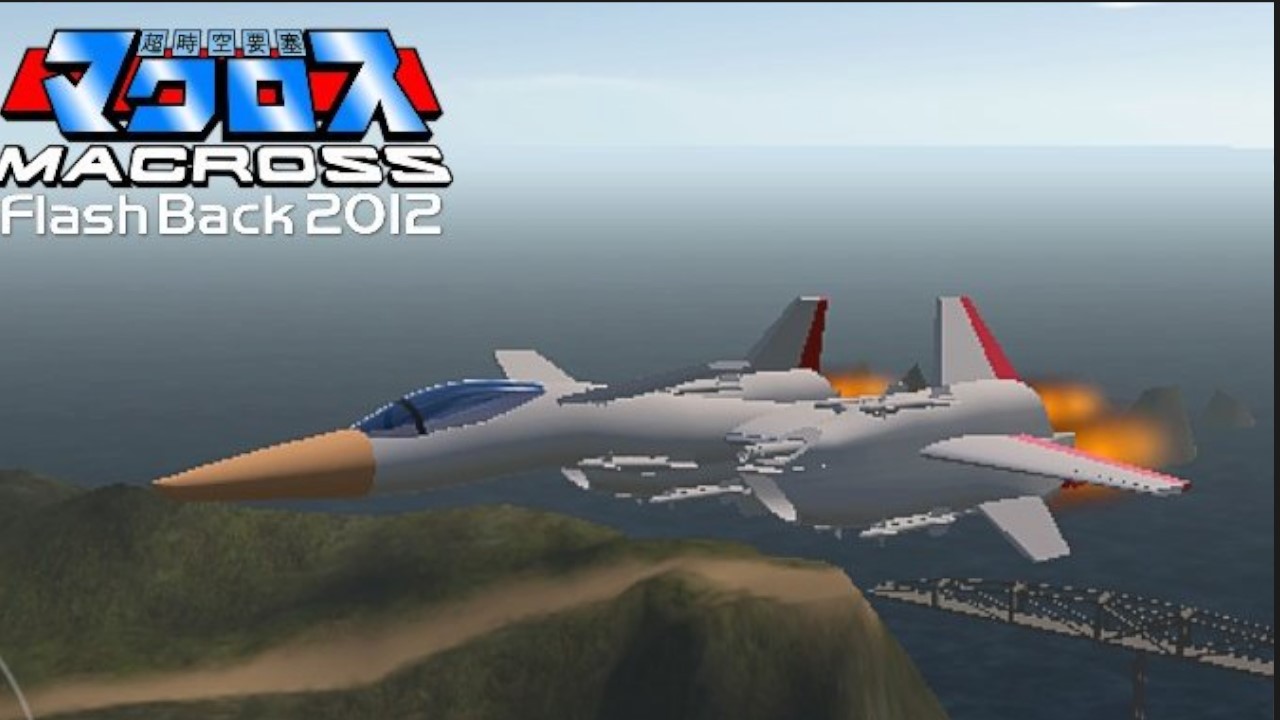
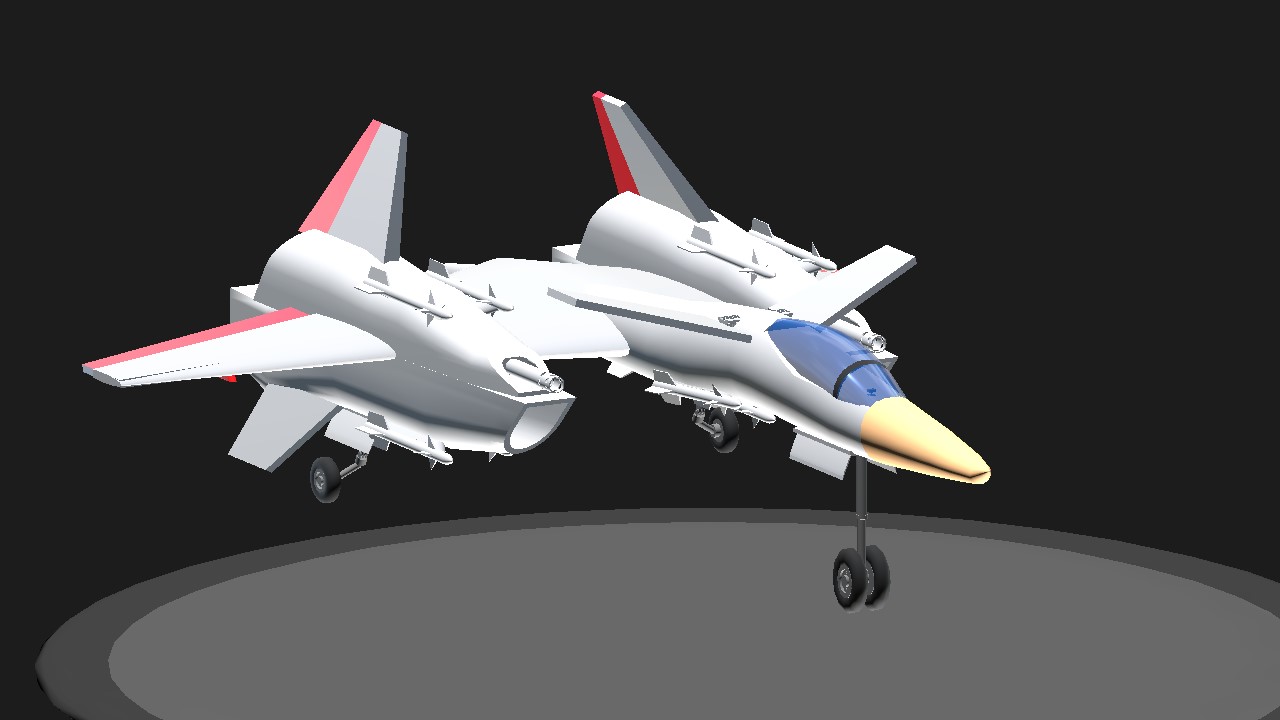
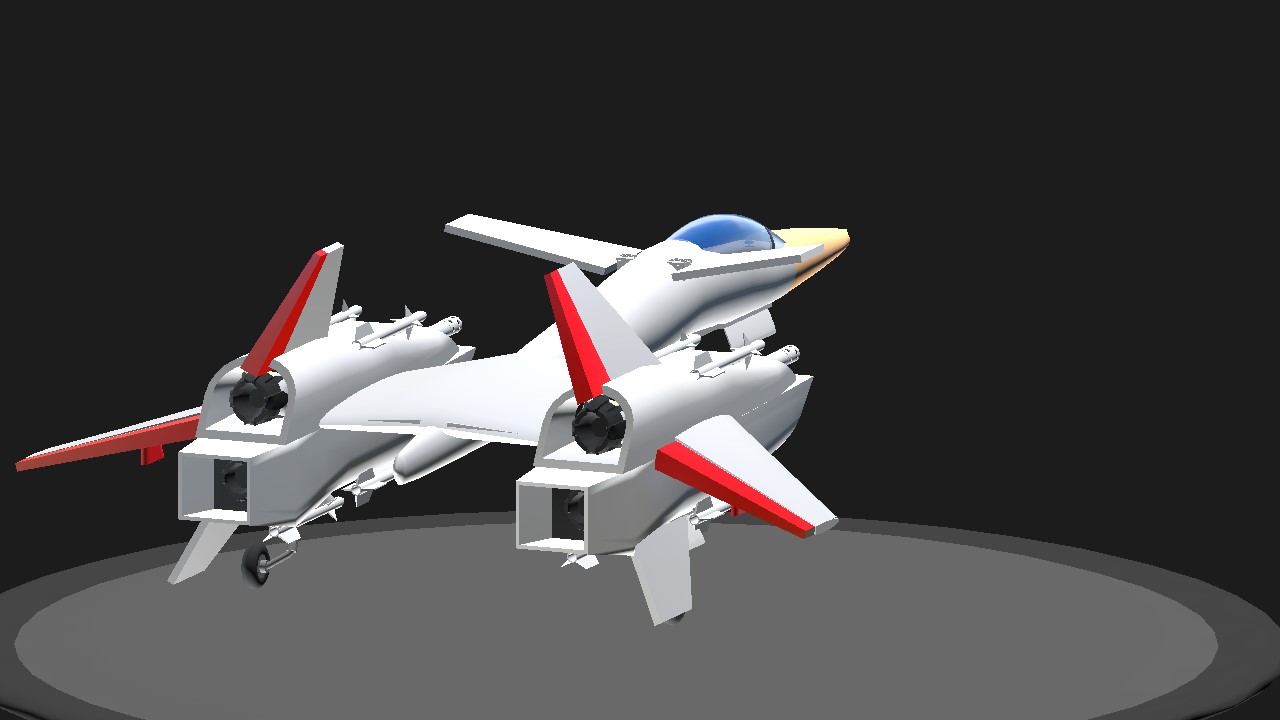
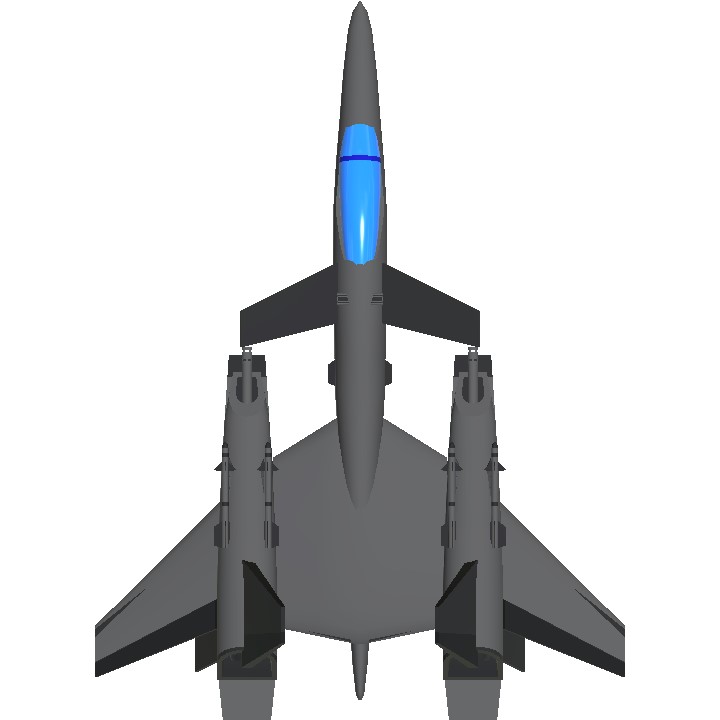
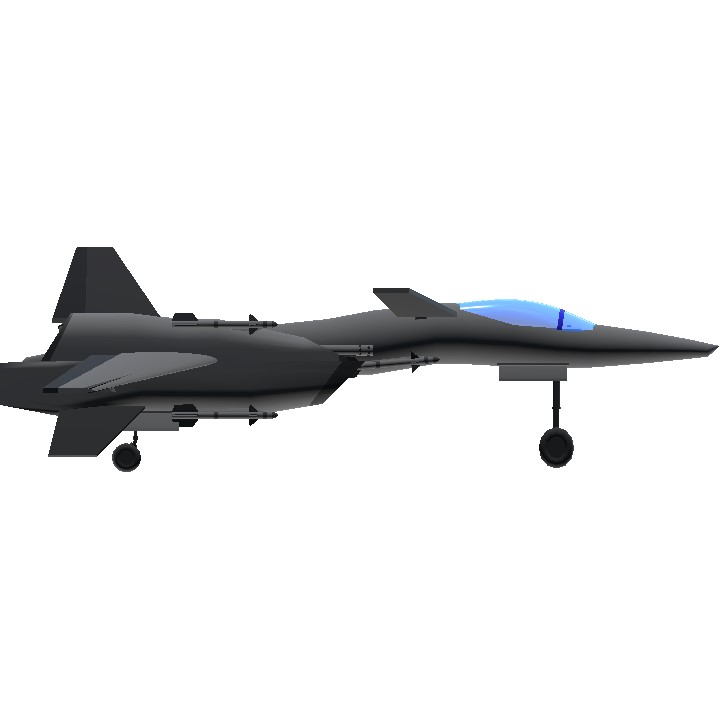
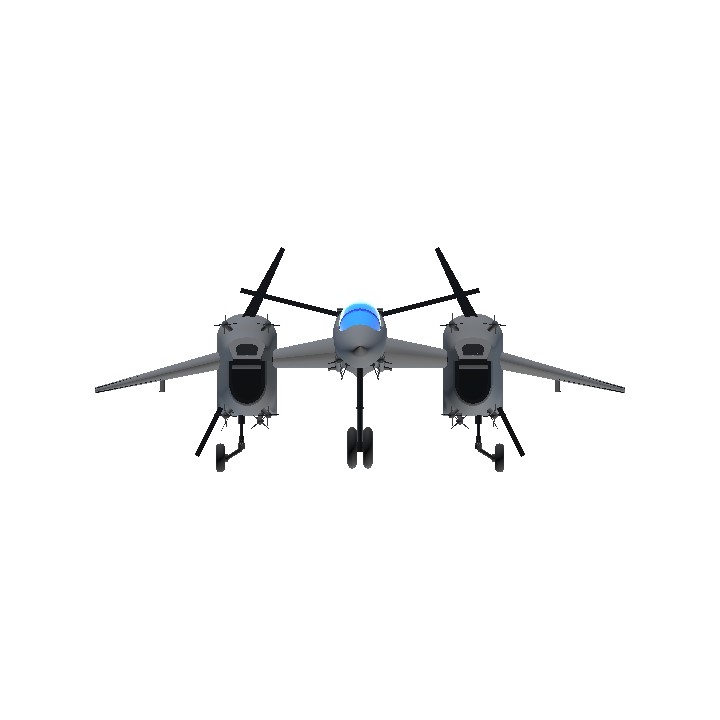
If you find any problems, please let me know.